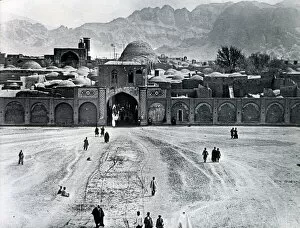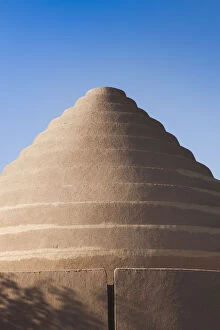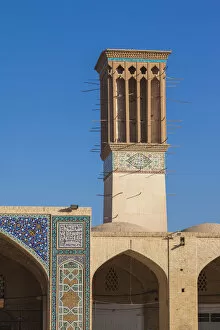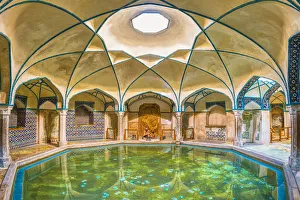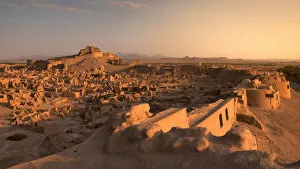Kerman Collection
Kerman, a city in southeastern Iran, is a treasure trove of cultural and historical wonders
All Professionally Made to Order for Quick Shipping
Kerman, a city in southeastern Iran, is a treasure trove of cultural and historical wonders. As you enter the Main Bazaar, you are immediately transported to a world of vibrant colors and bustling activity. The intricate detail of the entrance arch at Jameh Mosque leaves visitors in awe, with its mesmerizing mosaic and brickwork. Venturing further into Kerman, you will discover remnants of ancient civilizations. The old Sassanid fort known as Qaleh Dokhtar stands proudly as a testament to the region's rich history. Nearby, the Safavid-period ice house building offers a glimpse into how people preserved food centuries ago. The End to End Bazaar showcases traditional architecture with its badjir, or wind tower. This ingenious design allowed for natural ventilation in buildings long before modern technology existed. At dusk, Jameh Mosque takes on an ethereal beauty that captivates all who witness it. Kerman is not only known for its architectural marvels but also for its skilled Persian carpet weavers who create masterpieces admired worldwide. In this city, carpets come alive under nimble fingers while children play alongside their talented parents. Diversity thrives in Kerman as well; an Armenian family has found their home here amidst this enchanting Iranian cityscape. Their presence adds another layer of richness to the cultural tapestry that defines Kerman. Even Marco Polo himself traversed these lands during his travels from Kerman to Hormuz—an adventure immortalized through lithography depicting his itinerary. For those seeking souvenirs or simply wanting to admire exquisite craftsmanship, carpet shops abound throughout Kerman—each one offering unique treasures waiting to be discovered. Meydan-e Gandj-e Ali Khan Square holds more than just historical significance—it houses Gandj-e Ali Khan Hammam which now serves as an ethnological museum—a place where visitors can delve deeper into the customs and traditions that have shaped this remarkable city over time.

